BLUE-LIGHT & OUR HEALTH: WHAT WE KNOW SO FAR & HOW OXENITE CAN HELP
Summary: We experience blue-light from natural sources of light (primarily sunlight), artificially generated fluorescent and LED lights and quite notably from the human-made screens on our smart phones, tablets, computer monitors and flat-screen TVs. There is published research suggesting that prolonged and excessive exposure to blue-light can lead to degenerative effects on the central part of the retina (known as macular), which may speed up age-related blindness. Some experts, however, dismiss the conclusion that blue-light can result in macular degeneration, and suggest that the impact of blue-light on human health is likely to be in the form of disruptions to the sleep cycle and what we call our circadian rhythm (our biological clock – in simple terms). The smarter option for us, the layman, would certainly be to take protective measures as much as possible, in particular because of the mixed opinions among the experts. It may be good practice to use eyewear capable of filtering out blue-light when using digital screens, particularly during work hours and even more so at night. Oxenite manufactures and delivers thoughtfully designed anti-blue-light eyewear options for adults and kids. Our frames for anti-blue light eyewear (i.e. the Oxenite 'Screenhour' range) are constructed primarily using highly flexible thermoplastics (TR-90), while the lenses feature the highly impact resistant Poly-carbonate material.
What is blue light?
The visible spectrum of light is made up of seven colors which when travelling together, we see the result as white-light (or simply put; sun-light). One of these colors is blue-light (sometime also referred to as blue-violet light) which is closer to the end of the spectrum where light rays have relatively shorter wavelengths of approximately 415-455 nanometers (nm, where 1nm = 0.00000001m) [1]. Generally speaking, shorter wavelengths correlate to the presence of higher energy, which means blue-light rays have considerably more energy per particle of light (also known as a photon) than rays of other colors (say green, yellow, red etc.). As a result, blue-light rays have the ability penetrate well into the interior of our eyes.
What are the sources of blue-light?
We experience blue-light from natural sources of light (primarily sunlight), artificially generated fluorescent and LED lights and quite notably from the human-made screens on our smart phones, tablets, computer monitors and flat-screen TVs. Truth be told, we humans are biologically well adapted to being exposed to natural light in both bright (e.g. day time) and dark (e.g. night time) environments, the key word here being ‘natural’. With the advent of screen embedded technology, we spend a vast amount of time in front of artificial light emitting screens. According to a study conducted in London by the contact lenses manufacture Acuvue (involving 2,000 participants), office workers spend at least 6.5 hours daily in front of computer screens [2-3], which equates to approximately 1,700 hours a year for a standard desk worker. With such prolonged periods of on-screen time, our natural defence mechanisms are no longer sufficient to shield us (particularly our eyes) from the excessive exposure to the high energy light rays of the visible light spectrum.
How does excessive and prolonged exposure to blue-light impact our eyes? How does it harm us?
Our eyes are not equipped with any efficient means to filter out blue-light. The anterior segment of our eyes (i.e. the front third, consisting of the cornea and the lens) may be able to prevent harmful ultra-violet (UV) light rays from striking the light sensitive posterior cavity of our eyes (i.e. the back two-thirds, consisting of all the optical structures). However this is not quite the case with regards to blue-light, i.e. it makes its way easily through to the very back of the eyeball and striking the light-sensitive photoreceptor cells of the retina (known as rods and cones). Rods and cones convert visible light into signals and send through the optical nerve for our brain to ‘decode’. Research undertaken at The University of Toledo showed that the photoreceptor cells of the retina can be severely damaged and even be killed by blue light [4]. The same study reported that no cellular damages were observed in the case of exposure to red, green or yellow light.
It is also worth noting that only about 1% of the much shorter wave length UV rays that strike our eyes reaches the retina, because as we age, the anterior structures of our eyes develop what we call intraocular filters that effectively absorb most of the VU light spectrum [5]. This being the case, the 1% of UV light that reaches the back of our eyes can often be phototoxic and is usually detrimental to the retina. UV rays are discussed in more depth as part of a separate article.
Numerous surveys and experimental researches depict a fairly strong correlation between eye discomfort and long hours of exposure to digital screens [2-4, 6-7]. A number of publications also indicate that blocking blue-light may be an effective and safe mean to improve human sleep, particularly those experiencing symptoms of insomnia [1, 8-13]. Most notable and most reported effects of prolonged exposure to excessive blue-light emitting screens include:
- Eye-strain and dryness.
- Blurry vision, irritated eyes, trouble focusing, neck and back pains (which together are signs of what is known as ‘digital eye syndrome’).
- Headaches and episodes of dizziness.
- Physical and mental fatigue.
- Disturbances to the sleep and wake cycle.
In addition to these effects, there is published research [1, 4], including that published by The University of Toledo [4], indicating that exposure to excessive blue light can damage the cells of retina. The latter study also concludes that prolonged exposure to blue-light can lead to degenerative effects on the central part of the overall retina (known as macular), which may speed up age-related blindness. On the contrary, Harvard Medical School (HMS) dismisses the conclusion that blue-light can result in macular degeneration [7], and suggests that the impact of blue-light on human health is likely to be in the form of disruptions to the sleep cycle and what we call our circadian rhythm (our biological clock – in simple terms). These statements from HMS have been the subject of criticism by a number of optical experts and physicians that believe and advocate otherwise, especially because HMS did not make any references to scientific findings.
Bottom line: Should we protect our eyes from blue-light?
Before putting forward the argument of whether we should protect our eyes from blue-light or not, it is worth noting that our body in fact requires exposure to some amount of blue-light to regulate our circadian rhythm [1]. Blue-light, along with other short wavelength light rays, also helps our memory, mood and alertness in general. It appears that what is harmful is the blue-light that our eyes absorb in excess of what we gain from our natural environment, for which the culprit is often the modern day digital screen. A survey conducted in the United States reported that more than half of the respondents within the 18-29 year age category are online on smartphones, tablets and other devices constantly [14]. As such, it is highly likely that the modern day human often cross-over the seemingly fine line between acceptable levels of blue-light and excessive levels of blue-light.
This leads us to the question: What do we do? The smarter option for us, the layman, would certainly be to take protective measures as much as possible, in particular because of the mixed opinions among the experts. At the end of the day, staying healthy is our number one priority, and we would not want to take chances on that. After all, there is substantial evidence that excessive and prolonged exposure to blue-light can be detrimental to our eyes and overall health in general. Researchers emphasise on the need to protect our eyes during office hours and at night when we are in bed scrolling down on our smart phones and tablets, because the human eye pupil dilates in dark ambiences and allows in most of the light it is exposed to.
A smart protective measure would be to give our eyes regular breaks, while other options include turning on ‘night mode’ on devices where possible, use of appropriate eye drops when eyes feel dry, adjusting screen contrast and staying an arm’s length away from screens in general. Most of us know at least one of these preventative measures, and yet only a handful actually practices these. This may be because today we (including children) use multiple devices with screens and having to switch between screens means having to adjust to each screen differently. To avoid the hassle, it may be good practice to use eyewear capable of filtering out blue-light when using digital screens, particularly during work hours and even more so at night [1].
How does blue-light filter eye-wear work?
It appears that most people are unaware of the fact the eye-wear could filter out blue-light rays from digital screens [6]. Simply put, anti-blue-light eyewear has a layer than can effectively absorb blue-light rays (and in some instances, UV light as well) and if worn when using digital screens, they can prevent these high energy light rays from impacting the retina. Numerous research publications indicate that means of shielding our eyes from excessive blue-light (primarily purpose made lenses) can help reduce the above discussed negative impacts of blue-light on our eyes and overall health [8-13], i.e. by reducing eye-strain, eye dryness, digital eye syndrome, headaches, fatigue as well as disturbances to our sleep and wake cycle.
Oxenite’s Anti-Blue-Light Eyewear options
Here at Oxenite, we design, manufacture and deliver high-quality eyewear, wrist watches and bags at reasonably affordable costs. In partnership with large factories distributed across Europe, Australia and Asia, we have established a manufacturing process for anti-blue-light eyewear that we supervise ourselves with our own quality control standards. Currently available Oxenite anti-blue-light eyewear options include a number of thoughtfully designed glasses for adults and kids. Oxenite eyewear frames (including temples) for anti-blue light eyewear are constructed primarily using TR-90 (a highly flexible and comfortable hypoallergenic thermoplastic produced through Swiss Technology), which sometimes feature metal segments to preserve certain shapes. Oxenite's anti-blue light lenses (i.e. the Oxenite 'Screenhour' range) are constructed using Polycarbonate, i.e. one of the most impact-resistant materials used in the eye-wear manufacturing industry.
References
- Zhao, Z.-C., Zhou, Y., Tan, G., & Li, J. (2018). Research progress about the effect and prevention of blue light on eyes. International Journal of Ophthalmology, 1999–2003.
- Renner, B. (2018). Average Office Worker Spends About 1,700 Hours A Year In Front Of Computer Screen. Retrieved from https://www.studyfinds.org/office-worker-1700-hours-computer-screen/
- CBSDenver(2018). Study: Average Worker Spends 1,700 Hours In Front Of Computer Screen. Retrieved from https://denver.cbslocal.com/2018/07/31/study-worker-1700-hours-computer/
- Ratnayake, K., Payton, J. L., Lakmal, O. H., & Karunarathne, A. (2018). Blue light excited retinal intercepts cellular signaling. Scientific Reports, 8(1).
- Sliney, D. H. (2002). How Light Reaches the Eye and Its Components. International Journal of Toxicology, 21(6), 501–509.
- The Vision Council. (2020). Problems & Conditions: Digital Eye Strain. Retrieved from https://www.thevisioncouncil.org/content/digital-eye-strain
- Ramsey, D. (2019). Will blue light from electronic devices increase my risk of macular degeneration and blindness? Retrieved from https://www.health.harvard.edu/blog/will-blue-light-from-electronic-devices-increase-my-risk-of-macular-degeneration-and-blindness-2019040816365
- Shechter, A., Kim, E. W., St-Onge, M.-P., & Westwood, A. J. (2018). Blocking nocturnal blue light for insomnia: A randomized controlled trial. Journal of Psychiatric Research, 96, 196–202.
- Algorta, G. P., Meter, A. V., Dubicka, B., Jones, S., Youngstrom, E., & Lobban, F. (2018). Blue blocking glasses worn at night in first year higher education students with sleep complaints: a feasibility study. Pilot and Feasibility Studies, 4(1).
- Zimmerman, M. E., Kim, M. B., Hale, C., Westwood, A. J., Brickman, A. M., & Shechter, A. (2019). Neuropsychological Function Response to Nocturnal Blue Light Blockage in Individuals With Symptoms of Insomnia: A Pilot Randomized Controlled Study. Journal of the International Neuropsychological Society, 25(7), 668–677.
- Figueiro, M. G., Wood, B., Plitnick, V., & Rea, M. S. (2011). The impact of light from computer monitors on melatonin levels in college students. Neuro Endocrinol Letters, 25(2), 106–116.
- Esaki, Y., Kitajima, T., Ito, Y., Koike, S., Nakao, Y., Tsuchiya, A., … Iwata, N. (2016). Wearing blue light-blocking glasses in the evening advances circadian rhythms in the patients with delayed sleep phase disorder: An open-label trial. Chronobiology International, 33(8), 1037–1044.
- Mortazavi, S. A. R., Parhoodeh, S., Hosseini, M. A., Arabi, H., Malakooti, H., Nematollahi, S., … Mortazavi, S. M. J. (2018). Blocking Short-Wavelength Component of the Visible Light Emitted by Smartphones’ Screens Improves Human Sleep Quality. Journal of Biomedical Physics and Engineering, 8(4), 375–380.
- Ellis, R. (2019). Blue Light Glasses - Helpful or Just Hype? Retrieved from https://www.webmd.com/eye-health/news/20191216/do-blue-light-glasses-work
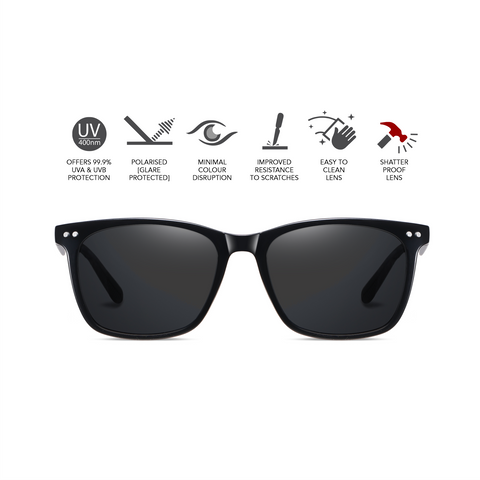
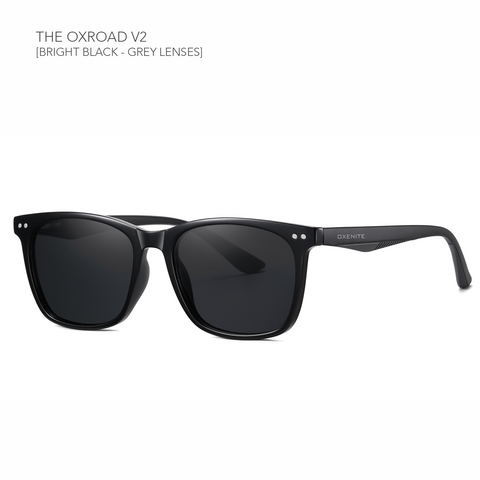
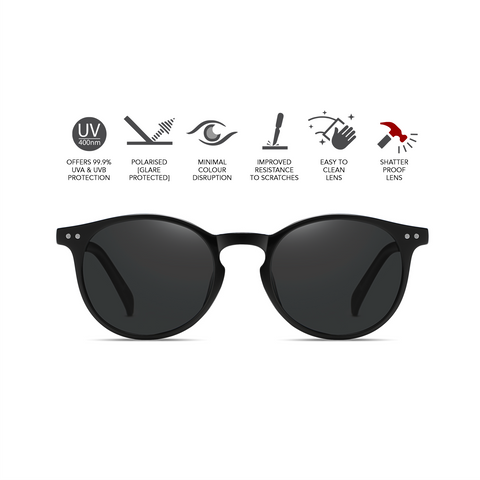
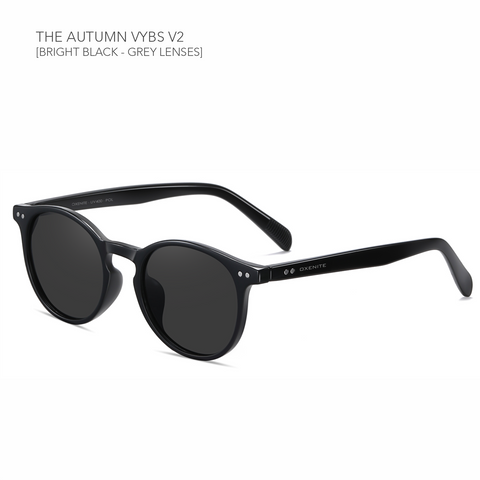
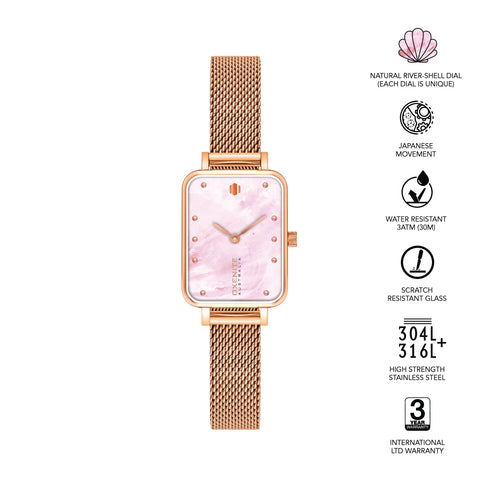
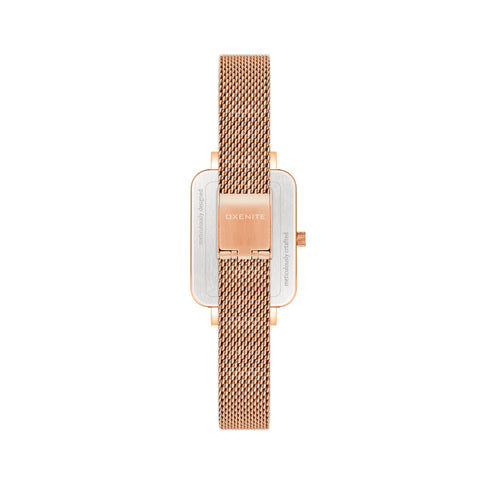
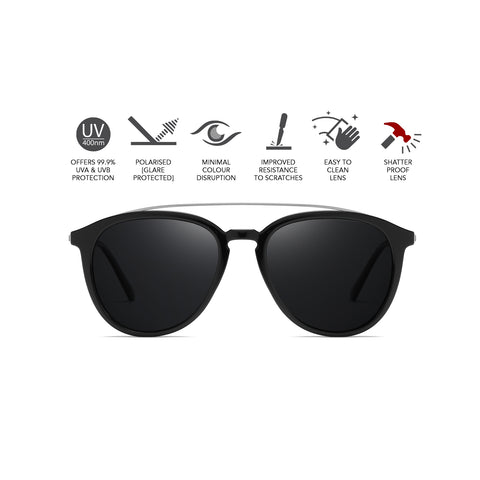
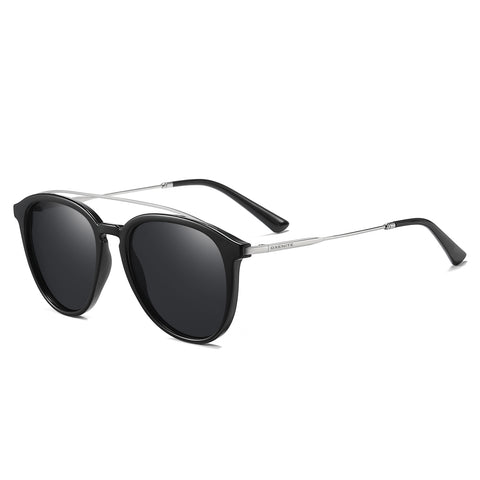
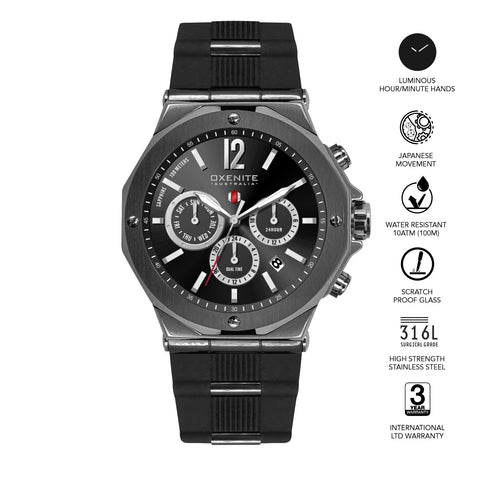
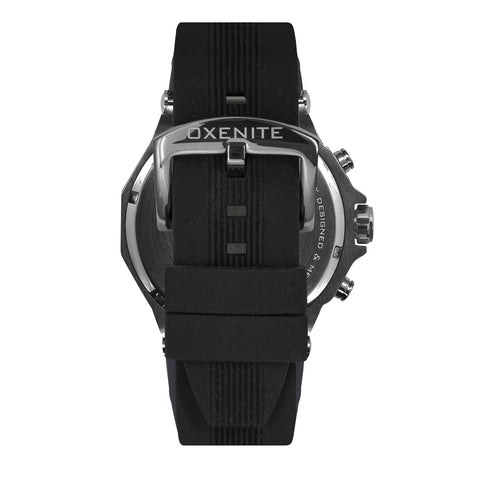
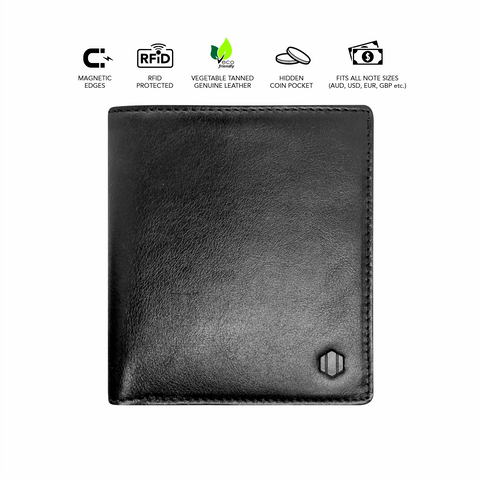
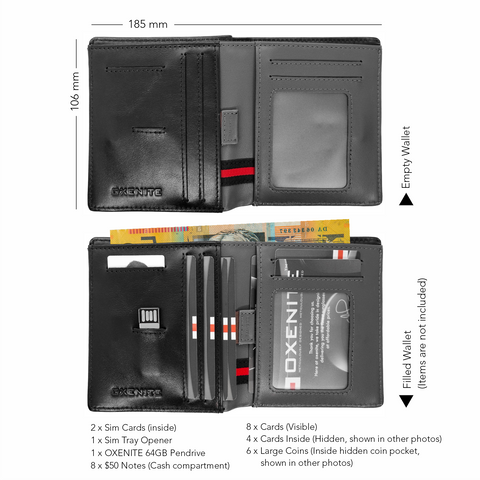



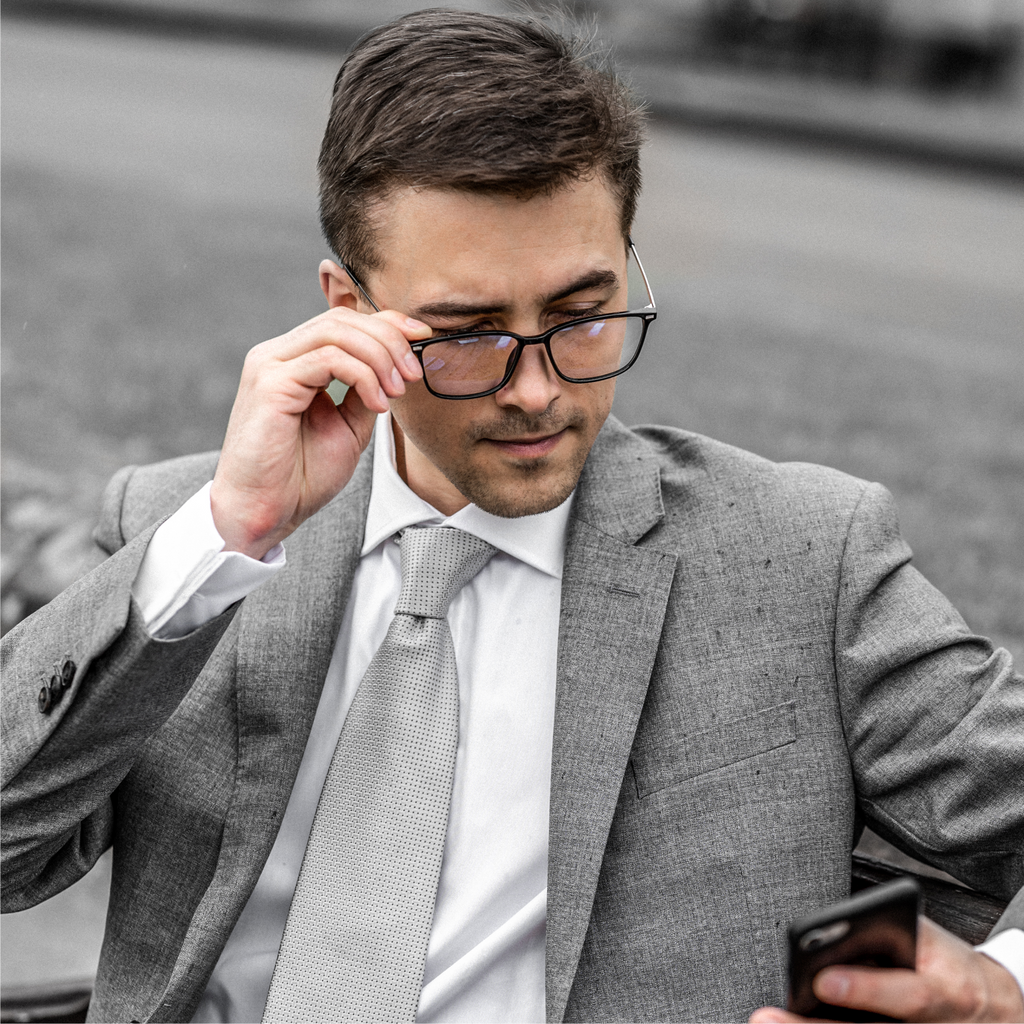
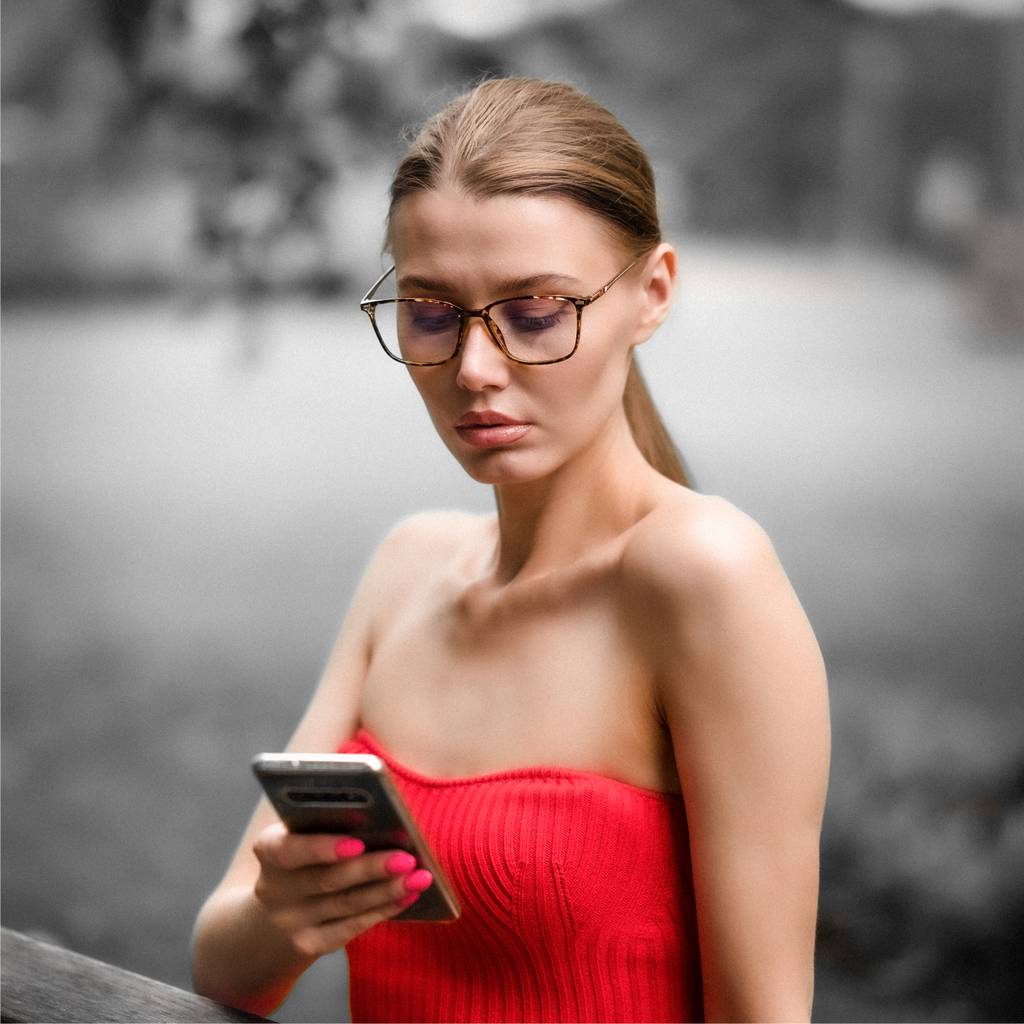
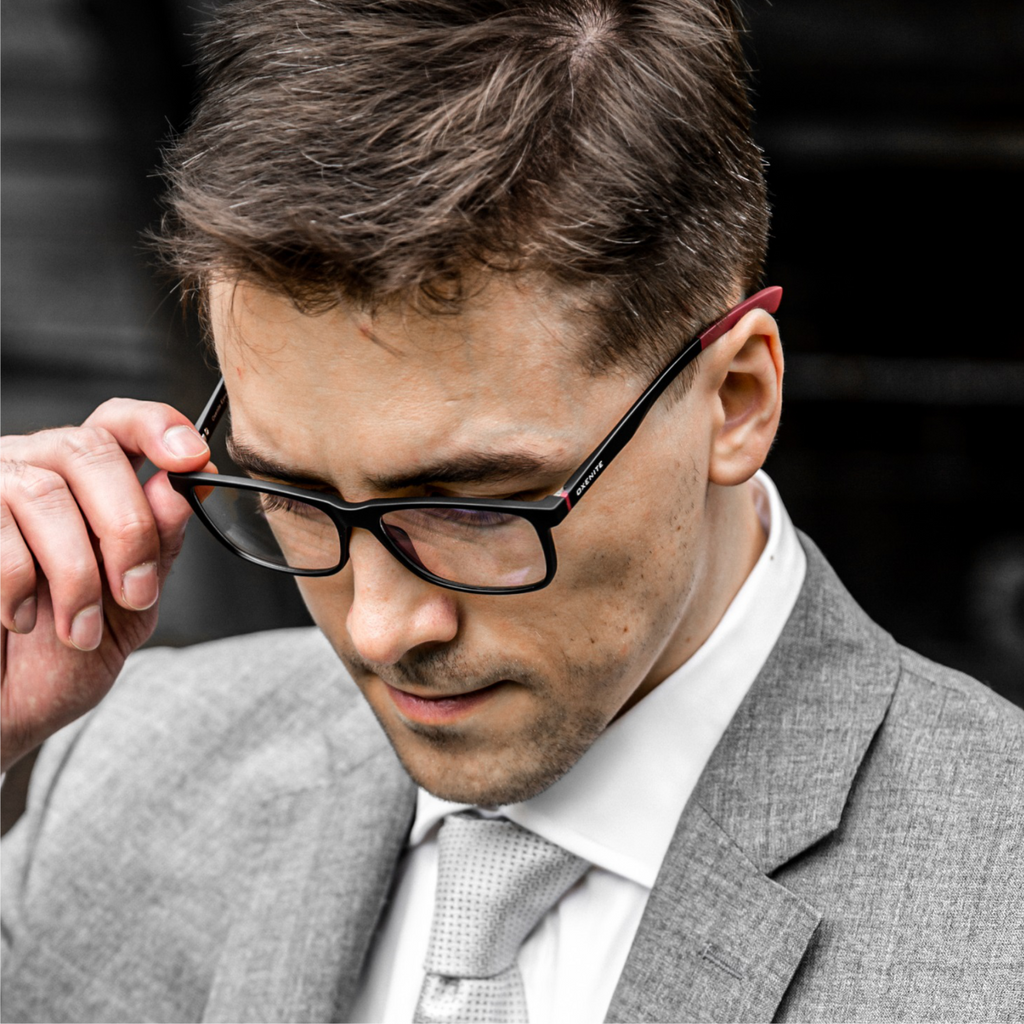






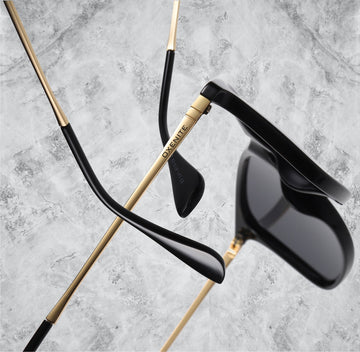
Not many online businesses will publish an unbiased review like this on their own website. A very good read. Learnt a lot. Thanks.
Interesting article. Perhaps it is best to wear these so called blue-light blocking glasses when looking at screens. Do you make your ‘Screenhour’ range for prescriptions?
A very informative and well thought through article. Children should be forced to wear eye-wear that filters blue light, as there is a possible link to increased rates of myopia, from the over accommodation induced by blue light.